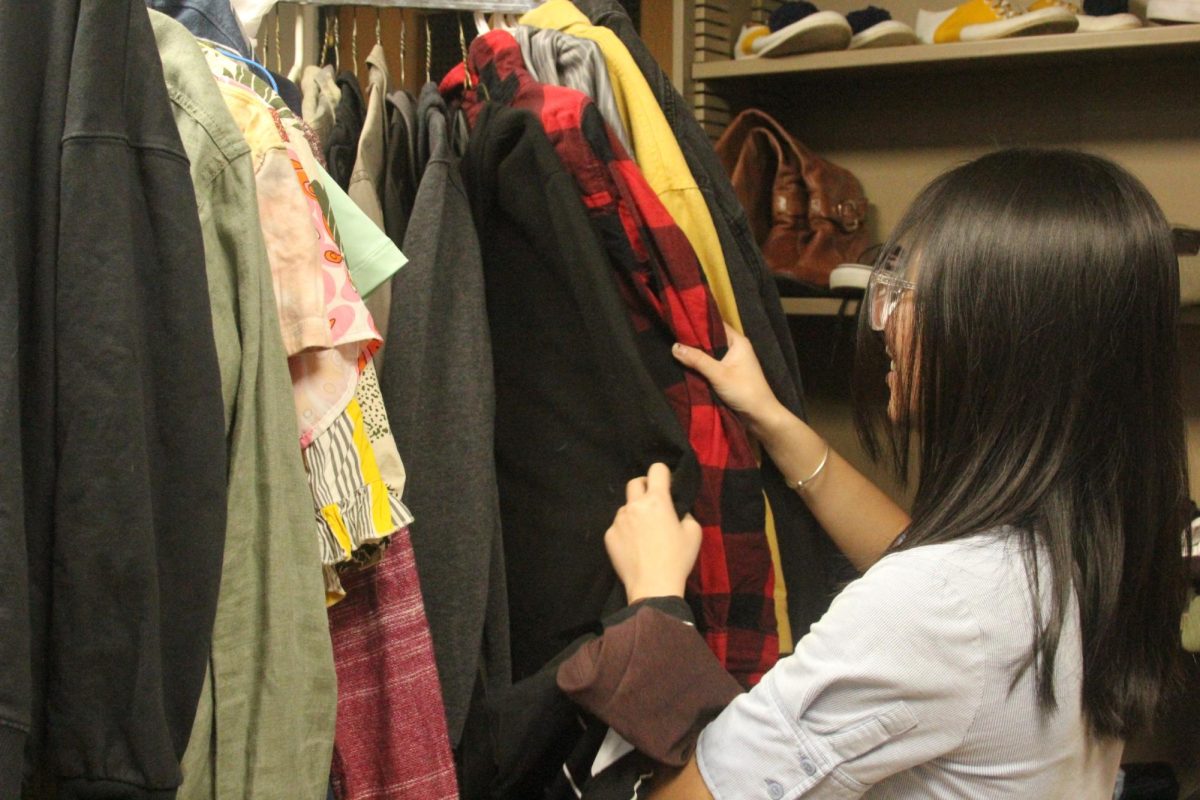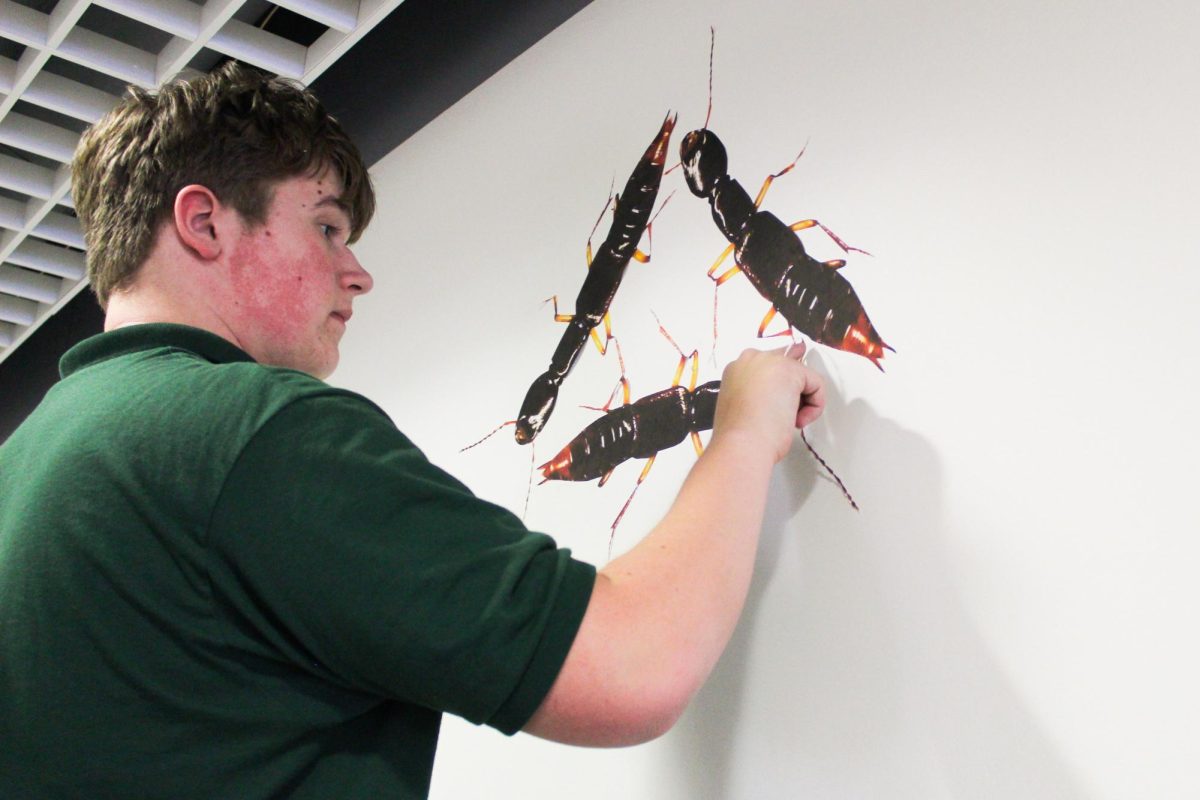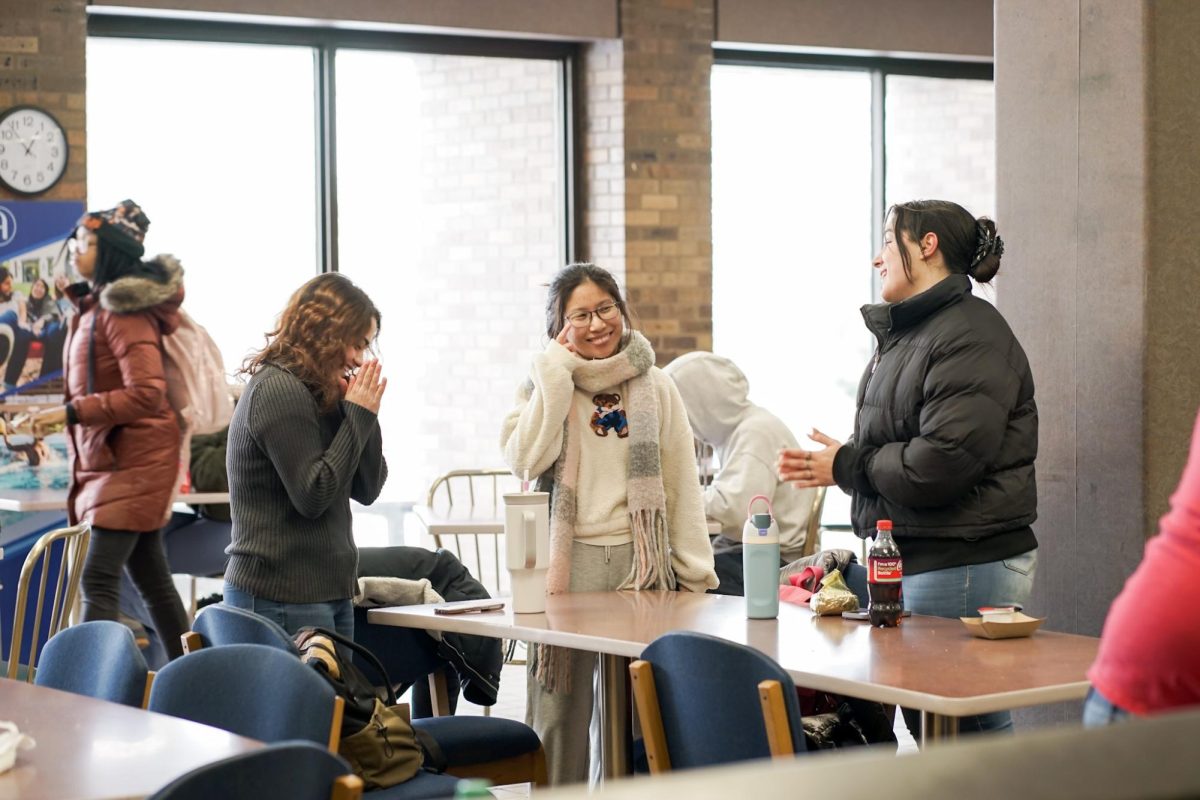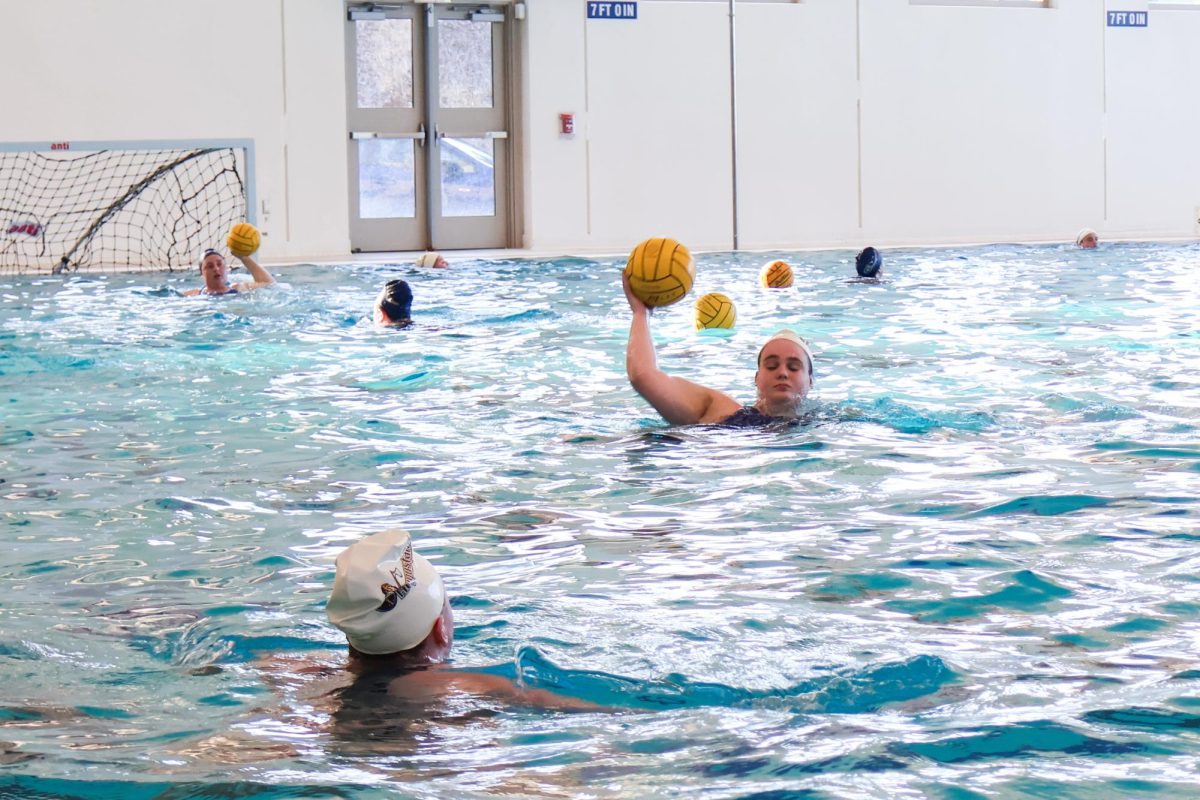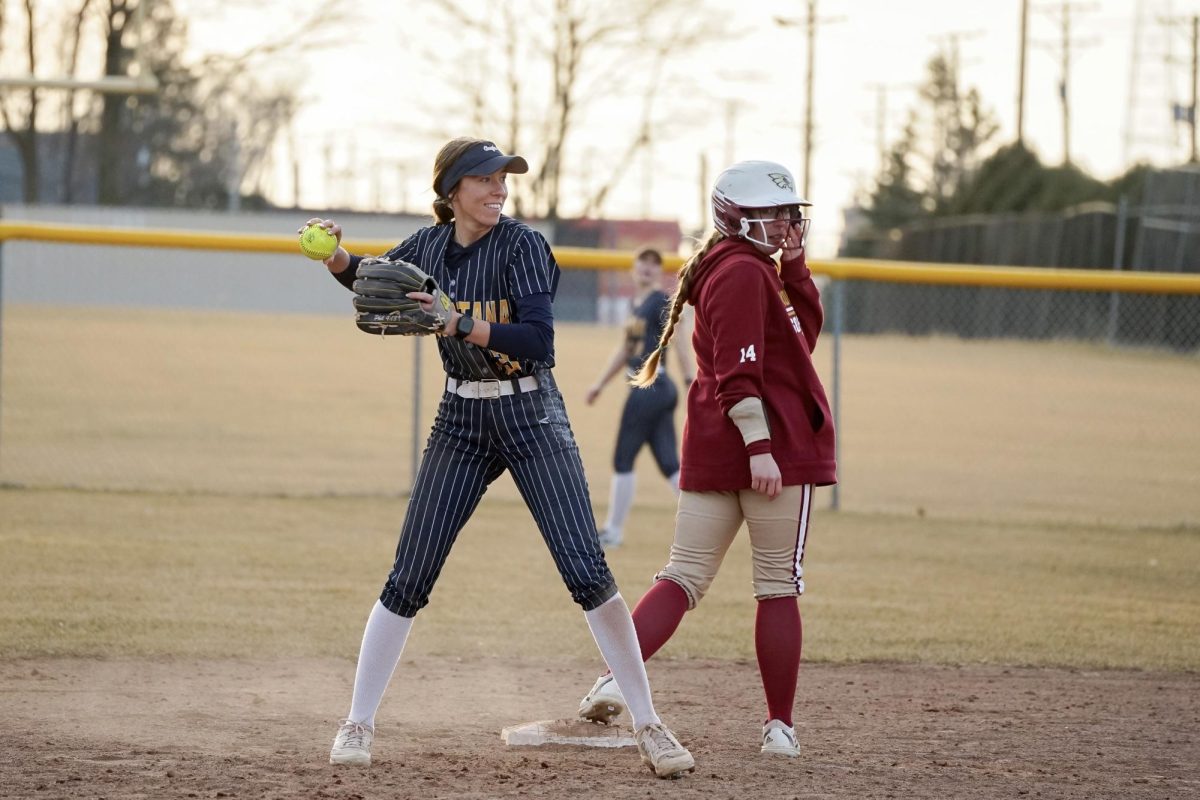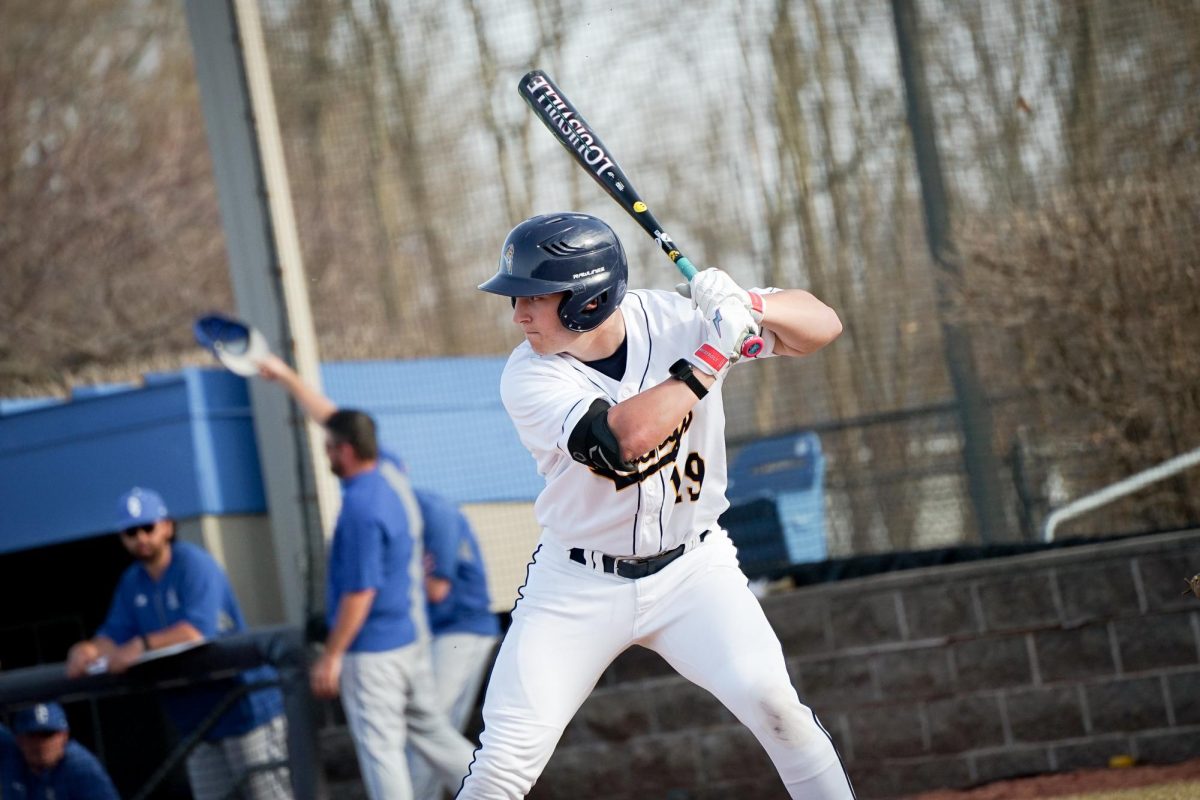Do neighborhood kids nowadays still create little clubs in their backyards like we did when we were young? Sometimes it was a tent or just somewhere near the creek in the woods, and if we felt sassy there was a “no parents allowed,” sign.
Often, the neighborhood girls and I would create passwords in order to form trust and identity. Handshakes, symbols, and words suddenly defined the power we felt from being banded together in the backyard.
Maybe we named the club something and gave it some sort of code. Mostly certainly though, I remember that only certain people were ever allowed to join our club. That rule was always clear. Who was othered by us, mostly? Boys, of course.
White nationalists and white supremacists set up camp in Charlottesville, Virginia’s backyard last month in an effort to protect a statue of Confederate Gen. Robert E. Lee. The white club joined forces and put up “no jews allowed,” signs. Their passwords were sharing their disdain for the “non-white ethnicity,” presence in America.
The flags they carried depicted symbols of Nazism, racism, and confederate-pride, and I’m sure they felt defined by these symbols once their power of being banded together made them feel invincible. They shouted chants including, “Blood and soil.” In her article “Blood and Soil: Protesters chant Nazi Slogan in Charlottesville,” CNN Reporter Meg Wagner says the chant evokes an ideology that upholds the importance of only blood descent and the territory in which a person lives.
The protesters called themselves “real Americans,” that would not be replaced, and they implied (some even proclaimed) that they were the ones who belonged in the United States because of their ancestors and where they live. Obviously, when looking at a photo of the protesters, their rule of allowing only certain people in the backyard club was clear: All must be white.
This new backyard club gained confidence on the University of Virginia’s campus, and they rooted themselves in their whiteness. As I watched the news filled with terror and grief, I couldn’t help but think to myself, “This is so…childish.”
It reminded me of children fighting over specific spots on the neighborhood playground. As if the statue of Robert E. Lee was the bench where all the cool kids sat, but really, they were all just insecure bullies that everyone jealous-hated for no reason other than intimidation (I’ve watched a lot of 90’s chick-flicks, don’t judge).
I remember how often the neighborhood girls and I would taunt the boys and call them names, yet now I’m living with a man I am madly in love with and the only names I call him are kind and sappy.
People grow up and learn that their differences are beautiful and something to be loved and accepted, that is an average expectation of human development, if you ask me.
I’m not crazy for believing that building a fort covered with signs telling people that are different from you to “get out” isn’t how a person achieves growing up.
Therefore, I want to address the pride of the club since it seems like the only kind of power they have is from themselves.
Whiteness is an ever-changing ideology that has ebbed and flowed in definition for centuries and started as, has been, is, and hopefully won’t forever continue to be, an excuse for exploiting people of color. Consequently, “white pride,” is a disgusting form of racism.
When the Irish first arrived in America, they were not considered to be “white.” In the present, I argue that the majority of America thinks of the Irish as some of the whitest people around.
The perception and therefore the definition of race evolves. I realize some of you may retort, “But if black people can have white pride, shouldn’t white people be allowed to have pride, too?” And I say, you’re flat out wrong.
Black pride began as a response to the racism darker skinned Americans have endured from whites, and it deals with holding onto togetherness and integrity despite the constant white interludes they live through.
White pride is a response to people of color changing the definition of “black,” “brown, “yellow,” “red,” etc., into an idea that isn’t negative and hurtful.
It is a concept that tries to oppress people of color by giving them a “reminder,” that whiteness is ultimately superior, no matter how great they think whatever they identify as is. White pride is a threat in a response to fear and discomfort with the growing equally of a group they perceive as unequal.
So, no, the dominant group doesn’t get to have pride. Especially if that pride is rooted in the slaughter of multiple cultures and human lives. Fundamentally, no matter what a person says to defend the actions of the white nationalist and white supremacists in Charlottesville, Virginia, it is wrong, and it is racist.
It is othering to people of color, and it displays a lack of hope of possible growth in respect for diversity.
Categories:
White pride is closer to white fear
September 7, 2017
0
More to Discover
